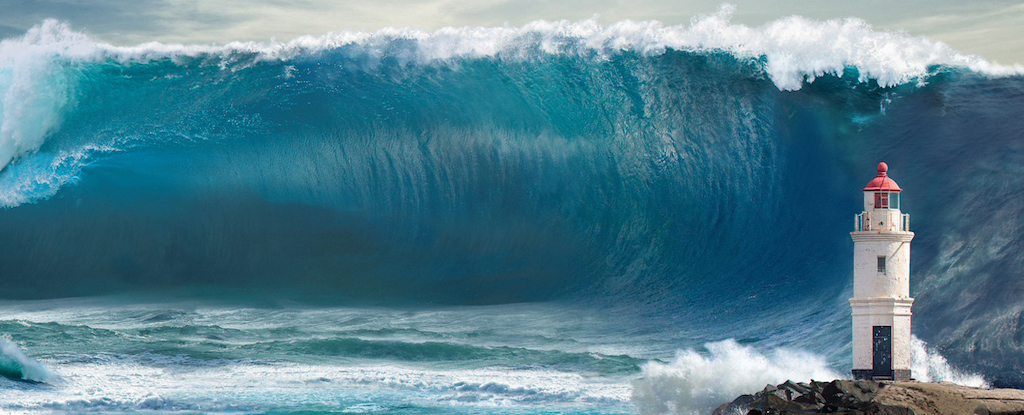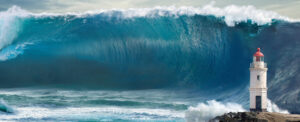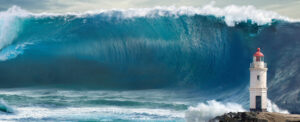
Rogue waves, towering giants of the ocean that can soar over 65 feet (20 meters), have long fascinated both scientists and seafarers. An international team of researchers has shed new light on these extraordinary phenomena, revealing their origins through an extensive study published in Nature Scientific Reports. The research, which spans 18 years, analyzed data from the Ekofisk oil platform located in the central North Sea, providing a comprehensive understanding of how these waves form.
The study examined nearly 27,500 sea states, which are half-hour records detailing the state of the sea from 2003 to 2020. This data captures a range of conditions, including significant storm events like the Andrea wave occurrence in 2007. By scrutinizing these records, researchers sought to determine the underlying causes of rogue waves, which often appear suddenly and can pose dangers to vessels and offshore structures.
Understanding rogue waves requires a departure from traditional theories. Many previous explanations revolved around a concept known as modulational instability. This theory suggests that waves can grow unexpectedly in confined spaces. However, the researchers found that such models do not adequately explain the occurrence of rogue waves in open waters like the North Sea. Instead, they proposed that rogue waves are the result of constructive interference, a process where multiple waves converge and combine into a single, larger wave.
The Mechanism Behind Rogue Waves
Waves typically form when wind blows over the sea surface, creating ripples that can escalate into larger waves given enough time and space. To illustrate, consider blowing across a cup of coffee, where small ripples form. In the ocean, these ripples can stack together, leading to the sudden emergence of a rogue wave. The critical insight from the study is that these extreme waves arise when many smaller waves align perfectly, their steeper crests amplifying the effect.
Francesco Fedele, an Associate Professor of Civil and Environmental Engineering at the Georgia Institute of Technology, led the research team. He highlighted that the extreme wave events observed do not align with modulational instability; rather, they follow a quasi-deterministic pattern that is both recognizable and repeatable. This pattern results from the random convergence of waves, creating a moment where many ordinary waves combine to form a massive wave, capable of rising and falling in less than a minute.
The researchers illustrated this principle with a real-world example: on November 24, 2023, the Ekofisk platform captured a rogue wave measuring 55 feet (17 meters). Utilizing the principles of quasi-determinism and constructive interference, the team analyzed how this wave formed from the stacking of smaller waves, confirming their theoretical framework.
Implications for Safety and Engineering
The findings have significant implications for maritime safety and engineering. By understanding how rogue waves form, engineers can design safer ships and offshore platforms, ultimately reducing risks for those navigating in these unpredictable waters. Recognizing the patterns that lead to rogue waves allows for better predictions, potentially saving lives and minimizing damage to critical infrastructure.
In conclusion, this study not only demystifies the origins of rogue waves but also provides a scientific basis for enhancing safety measures in maritime operations. As researchers continue to explore the complexities of ocean behavior, the insights gained from this comprehensive investigation will contribute to a deeper understanding of our planet’s dynamic marine environments.






